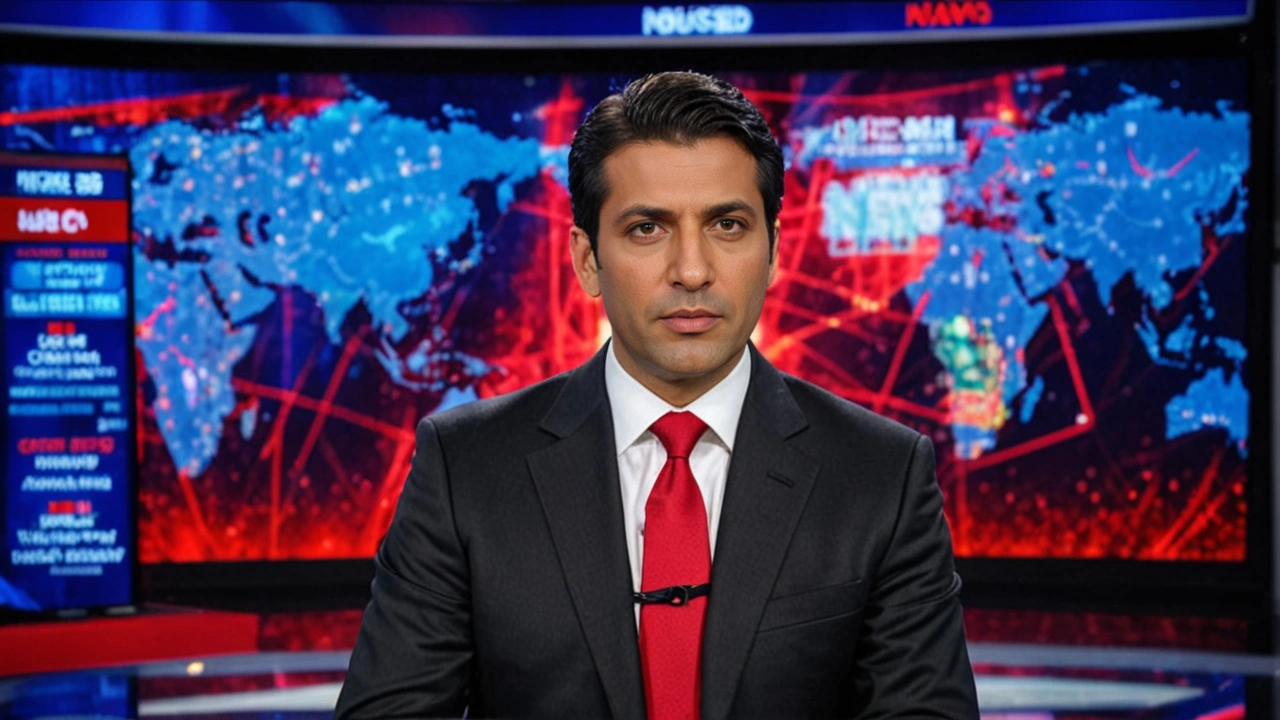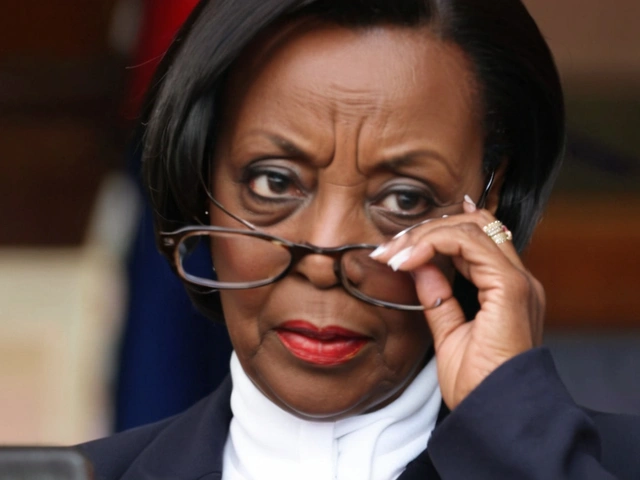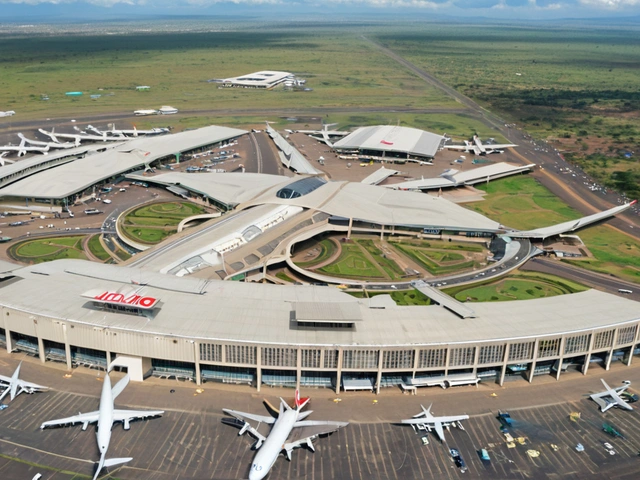Journalist Killing: What’s Happening Right Now?
If you’ve been following news about attacks on reporters, you know it’s a growing concern. Every time a journalist is killed, the story they were covering often dies with them. That’s why we keep this tag updated with every new incident, analysis of patterns, and tips on how media workers can stay safer.
Why does this matter? Press freedom isn’t just an abstract idea – it affects everything from elections to human rights investigations. When a reporter is silenced, the public loses a crucial source of truth. In Africa, recent cases in Kenya, Nigeria, and the DRC have shown that violence against journalists can spike around elections or protests.
Recent Cases You Should Know
In the past month alone, three reporters were targeted:
- Kenya: An investigative journalist covering land grabs was shot outside his home. Police say it’s under investigation, but locals fear the motive is tied to his reporting.
- Nigeria: A freelance video journalist documenting a protest in Lagos was beaten and later died from injuries.
- DRC: A radio host who exposed corruption in mining contracts was found dead near his station, with signs of foul play.
These stories illustrate a pattern: journalists who dig into power structures or expose illegal activities become high‑risk targets. Knowing the specifics helps NGOs and press groups push for stronger protection laws.
How to Stay Safe – Practical Tips for Reporters
If you’re a journalist on the ground, here are three simple steps that can reduce risk:
- Plan Your Route: Use trusted local contacts to scout safe paths before heading into volatile areas. A quick check‑in with a colleague can alert you to sudden changes.
- Secure Your Data: Encrypt files, use VPNs, and back up footage to cloud services that aren’t tied to local networks. If your device gets seized, encrypted data is harder to exploit.
- Carry a Safety Kit: A basic kit includes a first‑aid pack, a portable charger, and a discreet personal alarm. It’s not about being paranoid; it’s about having options if things go south.
Organizations like the Committee to Protect Journalists (CPJ) and Reporters Without Borders (RSF) offer training workshops that cover these points in more depth. Signing up for a local safety brief can make a big difference.
Beyond individual steps, we need broader change. Press freedom laws in many African countries still lack enforcement mechanisms. Advocacy groups are pushing for legislation that criminalizes attacks on journalists and provides rapid response teams when incidents occur.
What can you do as a reader? Share verified stories, donate to press‑freedom funds, and demand accountability from officials. The more eyes on these cases, the harder it becomes for perpetrators to act with impunity.
Our tag page will keep pulling in every new report about journalist killings, so you’ll always have the latest data at hand. Bookmark this page, check back often, and help spread awareness – because a safe press is a safer society for everyone.

Kenya Court Declares Police Killing of Journalist Arshad Sharif Unlawful: A Landmark Ruling
A Kenyan court has ruled the killing of Pakistani journalist Arshad Sharif by police unconstitutional. Sharif fled Pakistan amid sedition charges and was killed in Kenya in October 2022. His widow and journalist groups filed a complaint leading to a landmark ruling and compensation order. This case sets a strong precedent for police accountability.




